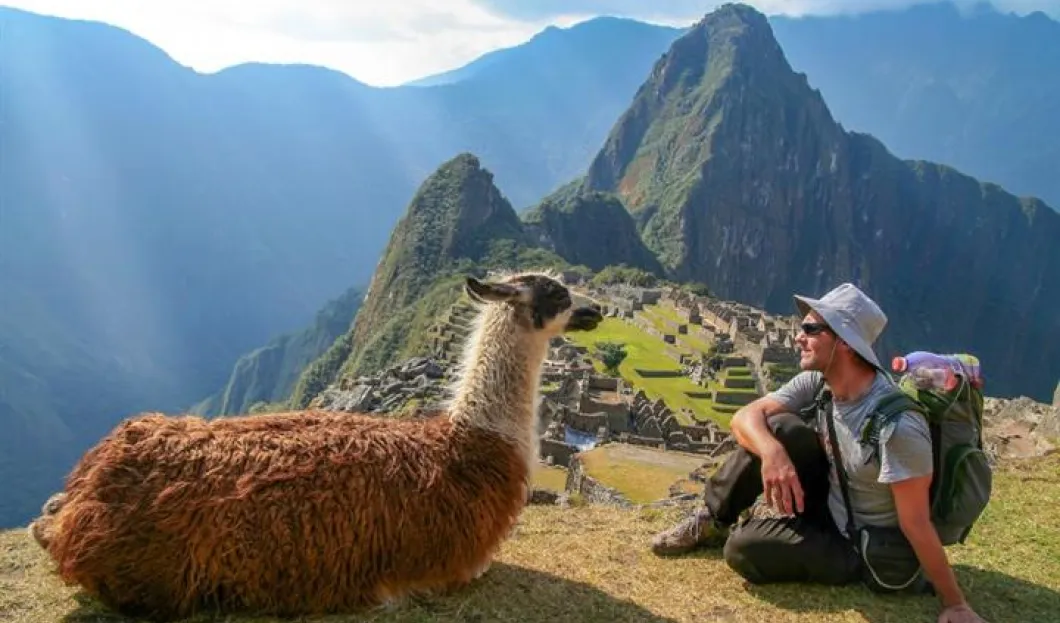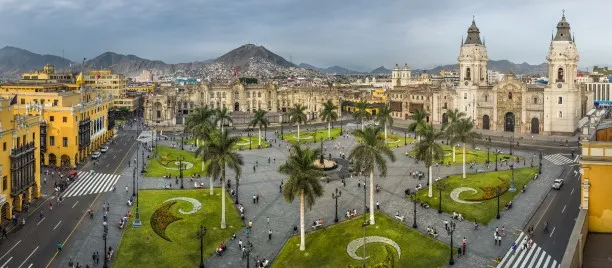
Accessibility is one of the greatest challenges facing the tourism industry. However, improving the quality of hotels, services, and infrastructure – which are the intended areas of improvement – is also essential for tourism in Peru. More tourist destinations are to be promoted internationally.
In accordance with the results of the World Tourism Organization's (UNWTO) Barometer, international demand has remained robust despite the current climate (characterized by insecurity). Furthermore, the number of global tourist visitations grew by 3.9% in 2016, coming close to reaching 1,235 million visitors, an increase of more than 46 million with respect to 2015. It should be emphasized that South America as a whole saw even bigger growth (+6.3%), with 32.7 million people welcomed last year alone.
“Tourism in Peru has grown, but it hasn't yet grown enough to reach its full potential,” asserted Comex Perú.
According to the Ministry of Foreign Trade and Tourism (Mincetur), around 3.7 million foreign tourists arrived in the country in 2016, which translates into a 7.7% increase compared to 2015.
“While it might seem like a very positive result, it is not entirely so. In the past, the sector's growth was more dynamic, reaching double digit figures; this slowdown of growth is representative of our relative absence on the world stage. Inbound tourism in Peru only represents 0.3% of the world market and 11.3% of all tourists traveling to South America,” stated the ministry representative.
Comex Perú indicated that, in accordance with Mincetur's Multiannual Strategic Sectoral Programme, they propose reaching the goal of welcoming 6.9 international tourists as well fostering a 50% increase in domestic tourism by the year 2021, something they hope to achieve by taking a long-term view as well as by developing the country's tourism potential.
“According to stakeholders and specialists in the tourism industry, the main problem is the infrastructure, especially if we hope to be able to transport 16 million passengers by the year 2020. Important work on airports has been delayed, either due to the current political climate, or to postponements to its execution,” they maintained.
This is the case with the project to expand the Jorge Chávez (AIJCH) airport, which currently only has one landing strip. This is a problem, since it was originally designed to receive 10 million passengers and is now forced to accommodate 16 million, exceeding its maximum capacity by 60%.

In addition to the AIJCH, it will also be necessary to expand the Velasco Astete airport, in Cusco, which is currently functioning at twice its maximum capacity.
“We should not forget to mention the opportunities represented by Chinchero (heavily hindered by contractual issues) as well as by the advent of low-cost airlines. These last two elements, inasmuch as they will allow for the invigoration of the domestic aviation market and tourism in Peru, will promote the inclusion of an ever-increasing number of people into this market,” the ministry stated.
A very relevant theme, mentioned by Comex in its weekly report, is that tourism in Peru should move forward by transitioning away from Machu Picchu being one of its principal tourist destinations.
“The southern tourist route (mainly Machu Picchu) accounts for 85% of all incoming tourism, according to Mincetur data, and for this reason there needs to be a redeployment of tourist flows in order to reduce this dependency as well as to develop other tourist destinations,” the representative mentioned.
Keeping with this line of reasoning, a system of cable cars has been inaugurated in Kuélap which has helped to stimulate the creation of a new northern tourism pole, something which will continue to develop by promoting the region as well as by creating interdepartmental flights with the goal of connecting the north with the country's south.
Another reinforcing element is the inauguration of the new trail through the Paracas National Reserve.
Furthermore, the State needs to keep working on improving connections. For example, succeeding in connecting airports with hotels in the major tourist destinations. In the case of Lima, the AIJCH is situated very far away from the hotel districts of San Isidro and Miraflores, for example.









